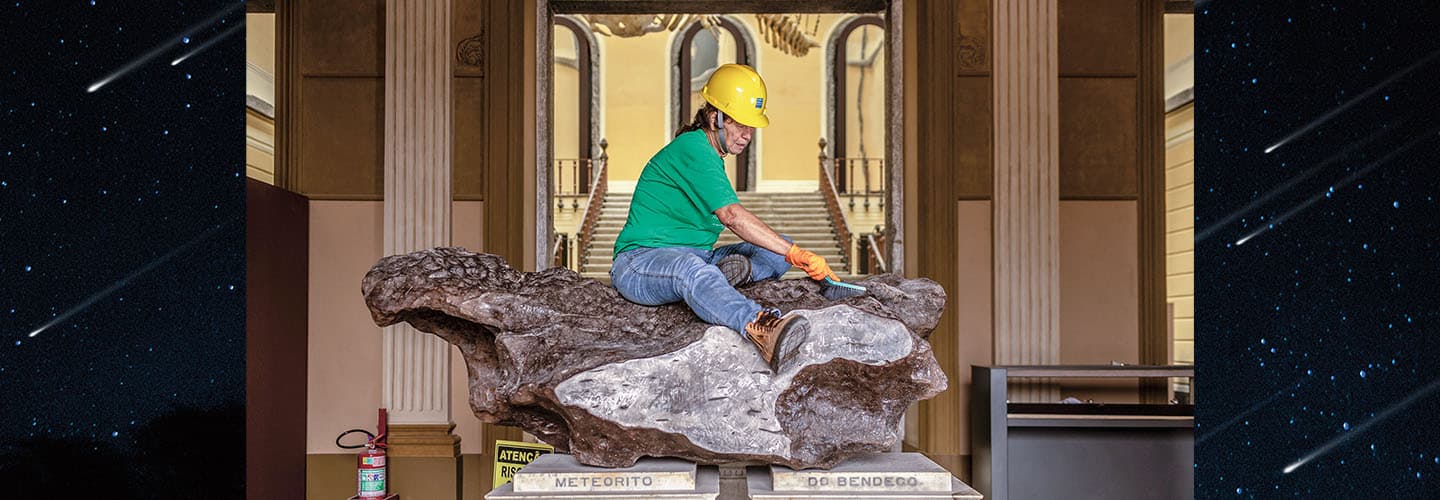Jim McMahon/Mapman®
The mysterious object roared like a plane as it tore across the sky. It landed near Adriano Gomes’s home in a village in Brazil called Jacilândia. He told reporters that, at first, he was afraid to touch what looked like an ordinary rock.
Gomes soon found out that the rock was a meteorite that had fallen from space. Collectors from distant cities offered to buy it from Gomes, hoping to own a rare piece of space. But three years after he found the rock, Gomes still hadn’t decided what to do with it.
In May, an all-female team of scientists called As Meteoríticas contacted him. They wanted to get their hands on the meteorite so they could study it.
“Each meteorite is a piece of a puzzle that teaches us the history of our solar system,” says Maria Elizabeth Zucolotto. She’s a geologist and a member of As Meteoríticas.
What would Gomes do with his once-in-a-lifetime find?

